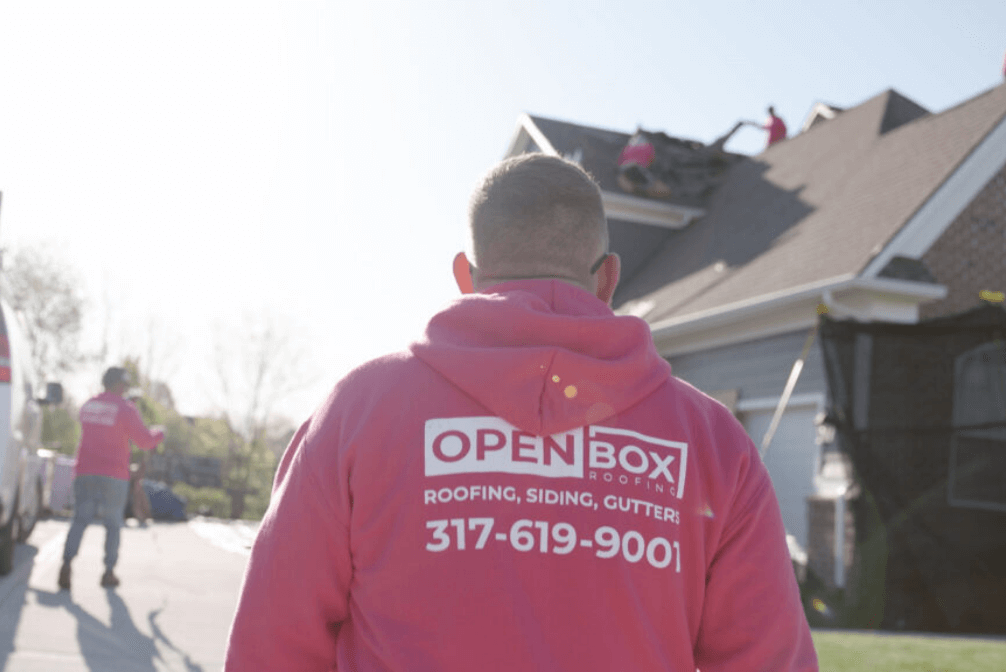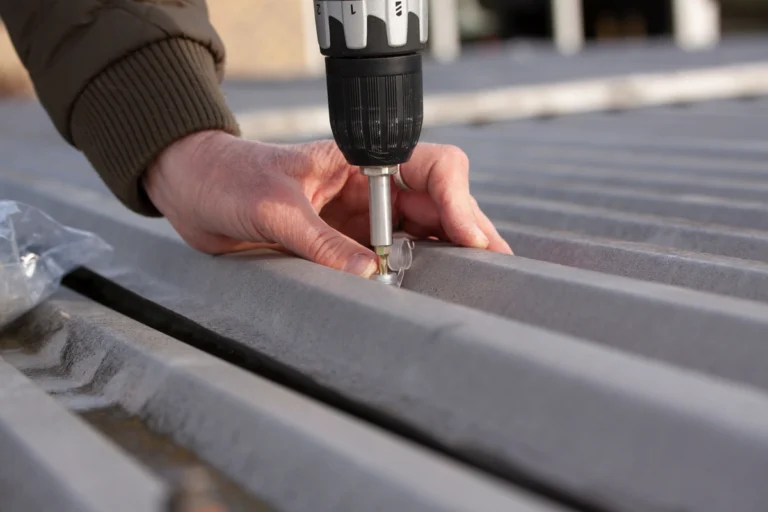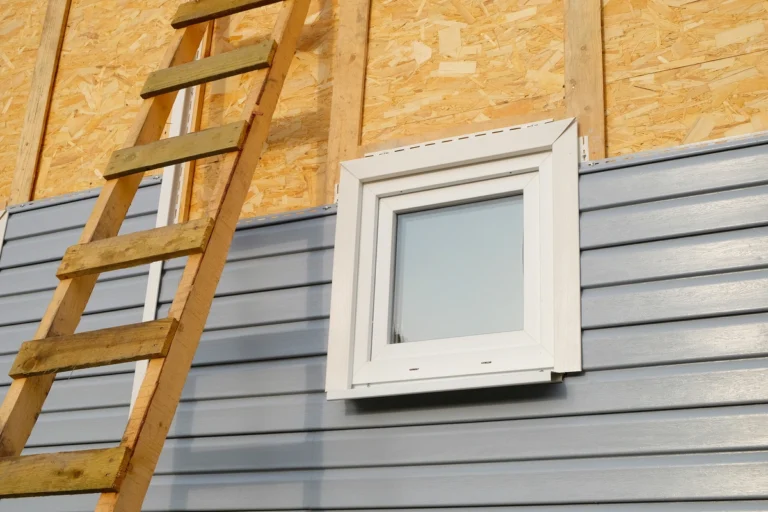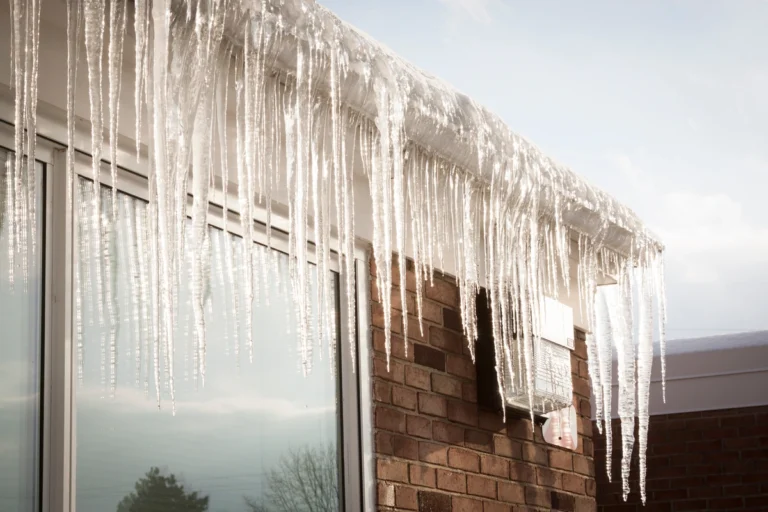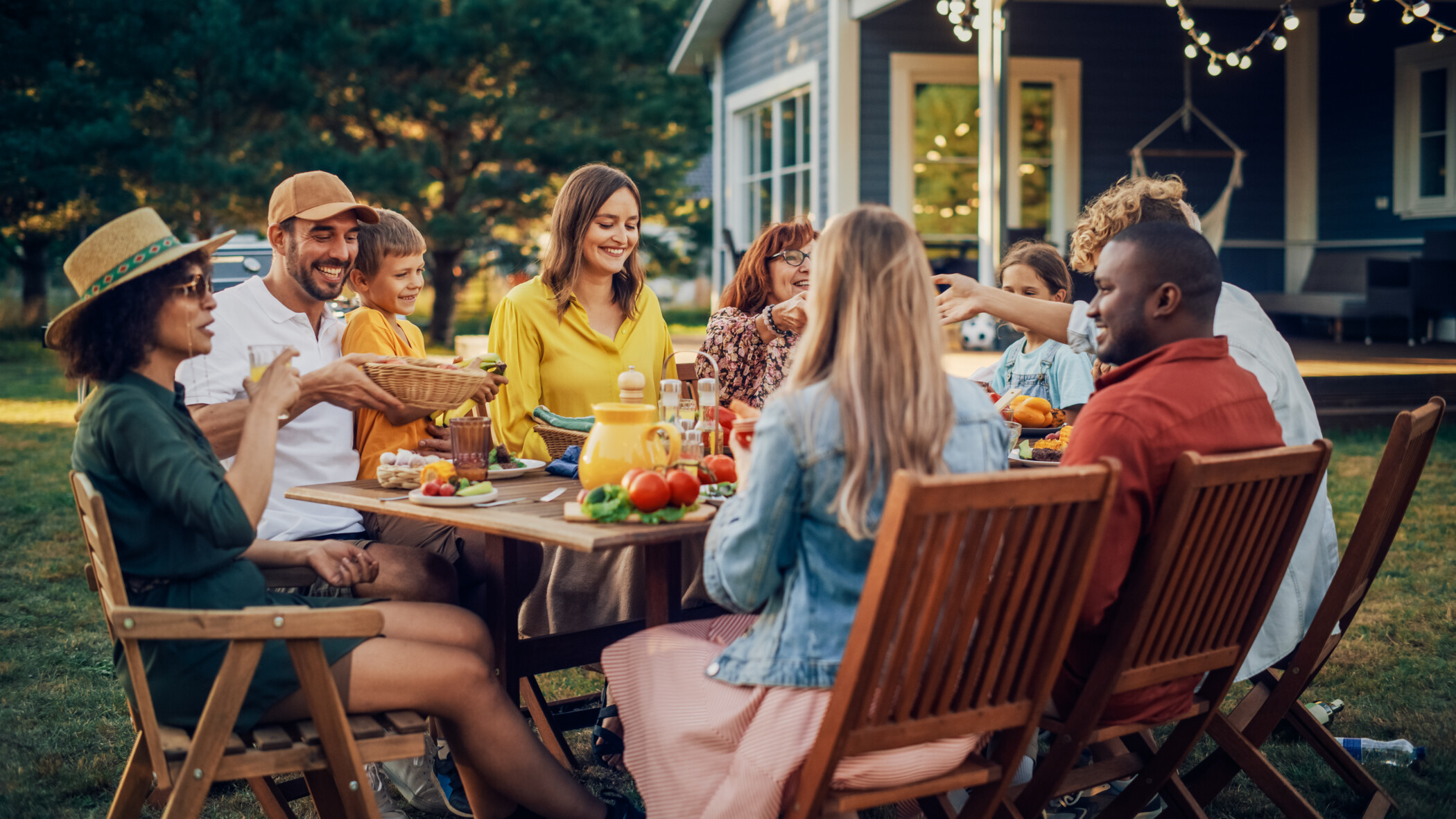In the world of home exteriors, durability is key. One material that has risen to prominence for its durability and versatility is Hardie board siding. But just how long does Hardie board last?
In this comprehensive guide, we’ll explore everything you need to know about Hardie board siding, including:
- Its composition
- Pros and cons
- Cost
- Longevity
- Tips to extend its lifespan
- The various siding styles available
Keep reading to learn all about Hardie siding installation!
What is Hardie Board Siding?
Hardie board siding, also known as fiber cement siding, is a composite material made from a combination of cement, sand, and cellulose fibers. This combination results in a durable, weather-resistant product that mimics the look of traditional wood siding without its inherent vulnerabilities to rot, pests, and fire.
James Hardie, an Australian building materials company, pioneered the development of fiber cement siding in the 1980s, and it has since become a popular choice for homeowners and builders alike.
Pros and Cons of Hardie Board Siding
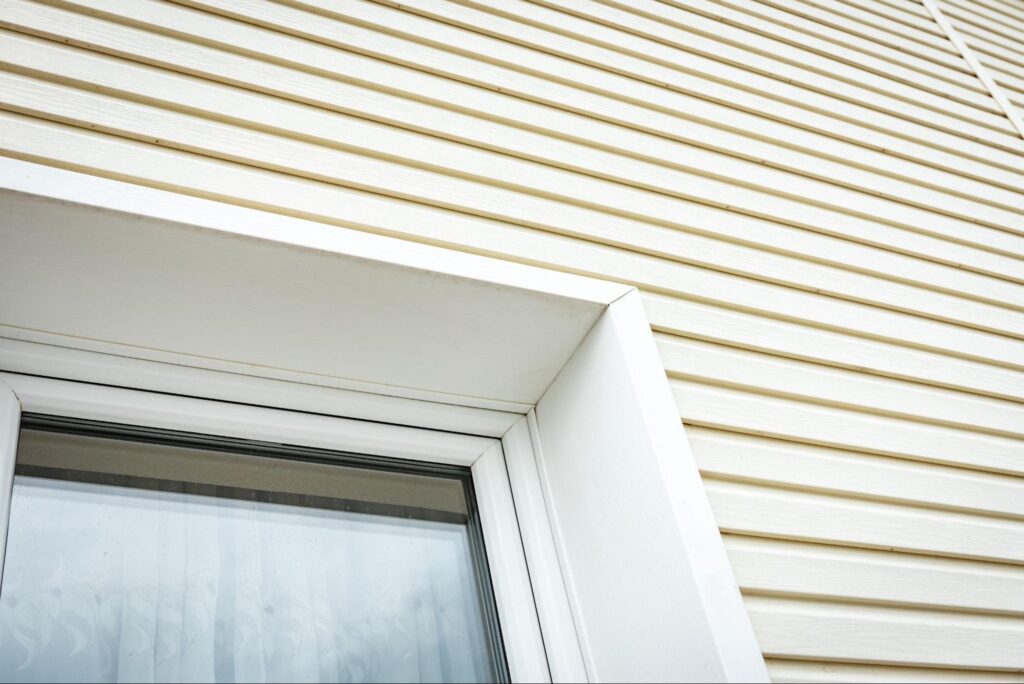
Before delving into its longevity, let’s examine the pros and cons of Hardie board siding:
✅ Pros:
- Durability: Hardie board siding is exceptionally durable, capable of withstanding harsh weather conditions, including extreme temperatures, high winds, and heavy rainfall.
- Low Maintenance: Unlike wood siding, Hardie board requires minimal maintenance. It doesn’t rot, warp, or crack, and it’s resistant to insects and pests.
- Fire Resistance: Hardie board siding is non-combustible, making it a safer choice for homes located in fire-prone areas.
- Versatility: It comes in a variety of textures, styles, and colors, allowing homeowners to achieve their desired aesthetic.
- Longevity: With proper installation and maintenance, Hardie board siding can last for several decades, making it a sound investment for homeowners.
❌ Cons:
- Initial Cost: Hardie board siding tends to have a higher upfront cost compared to some other siding materials, such as vinyl or wood.
- Installation Complexity: Proper installation of Hardie board siding requires specialized skills and tools, which can increase labor costs.
- Weight: Fiber cement siding is heavier than vinyl or wood, necessitating careful consideration of structural support during installation.
- Paint Maintenance: While Hardie board siding comes pre-finished with a durable paint, it may require occasional repainting over time to maintain its appearance.
The Cost of Hardie Board Siding
The cost of Hardie board siding varies depending on several factors, including the size of the project, the style and texture chosen, and labor costs in your area. On average, homeowners can expect to pay between $8 and $12 per square foot for materials and installation. While this initial investment may be higher than some alternatives, the long-term durability and minimal maintenance requirements of Hardie board siding can result in cost savings over time.
How Long Does Hardie Board Siding Last?
One of the most significant advantages of Hardie board siding is its longevity. When installed and maintained properly, Hardie board siding can last for 30 to 50 years or more. Its durable composition resists rot, decay, insect damage, and fading, ensuring that your home remains protected and visually appealing for decades.
4 Factors That Affect Longevity
Several factors can influence the lifespan of Hardie board siding:
1) Proper Installation:
Correct installation techniques are crucial for maximizing the lifespan of Hardie board siding. Improperly installed siding may be prone to moisture infiltration, which can lead to premature deterioration.
2) Climate:
Homes located in regions with extreme weather conditions, such as high humidity or frequent freeze-thaw cycles, may experience accelerated wear and tear on exterior materials, including Hardie board siding.
3) Maintenance:
While Hardie board siding is low maintenance compared to wood siding, regular cleaning and inspection are still necessary to ensure its longevity. Removing dirt, debris, and mold growth promptly can help prevent damage and prolong the lifespan of the siding.
4) Paint Protection:
If your Hardie board siding is painted, choosing high-quality, fade-resistant paint and performing periodic touch-ups or repainting can help protect the siding from UV damage and maintain its appearance over time.
How to Extend the Lifespan of Hardie Board Siding
To maximize the lifespan of your Hardie board siding, consider implementing the following maintenance practices:
- Regular Cleaning: Wash the siding with a mild detergent and water solution at least once a year to remove dirt, grime, and mold buildup.
- Inspect for Damage: Periodically inspect the siding for signs of damage, such as cracks, chips, or loose boards. Address any issues promptly to prevent moisture infiltration and further deterioration.
- Trim Vegetation: Trim back trees, shrubs, and other vegetation near the siding to prevent moisture retention and minimize the risk of insect infestations.
- Maintain Caulking and Sealants: Check the caulking and sealants around windows, doors, and other penetrations regularly. Repair or replace any damaged or deteriorated caulking to maintain a watertight seal.
- Repaint as Needed: If your Hardie board siding is painted, monitor the condition of the paint and repaint as necessary to protect the siding from UV exposure and maintain its appearance.
Different Siding Styles Available
Hardie board siding is available in a variety of styles and textures, allowing homeowners to customize the look of their homes to suit their preferences. Some popular styles include:
HardiePlank Lap Siding:
This classic style mimics the appearance of traditional wood clapboard siding and is available in smooth, textured, or beaded profiles.
HardiePanel Vertical Siding:
Ideal for contemporary or modern homes, vertical siding offers a sleek, minimalist aesthetic and is available in smooth or textured finishes.
HardieShingle Siding:
Designed to replicate the look of cedar shingles, this style adds texture and dimension to the exterior of your home.
HardieTrim Boards:
These trim boards complement Hardie board siding and are available in various profiles, including smooth and rustic grain textures.
James Hardie Siding Experts
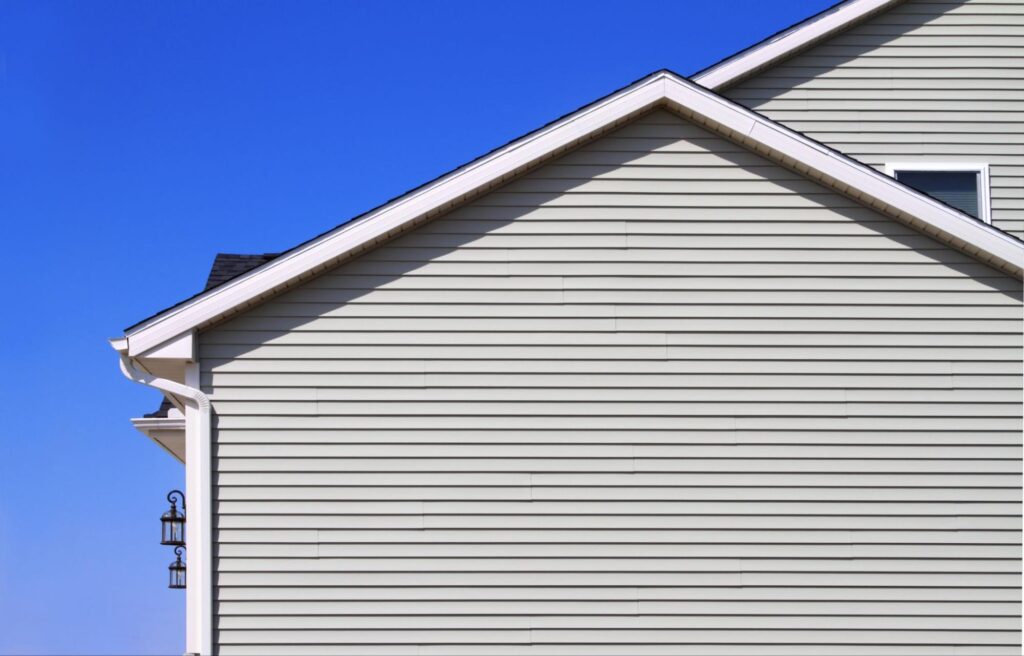
In the realm of exterior siding options, Hardie board siding stands out for its exceptional durability, low maintenance requirements, and versatility. With a lifespan of 30 to 50 years or more, Hardie board siding offers long-term value and peace of mind for homeowners. By following proper installation techniques and implementing regular maintenance practices, you can ensure that your Hardie board siding remains a durable and attractive investment for decades to come.
Contact Open Box Roofing today to learn why we recommend James Hardie Siding for your home siding!

